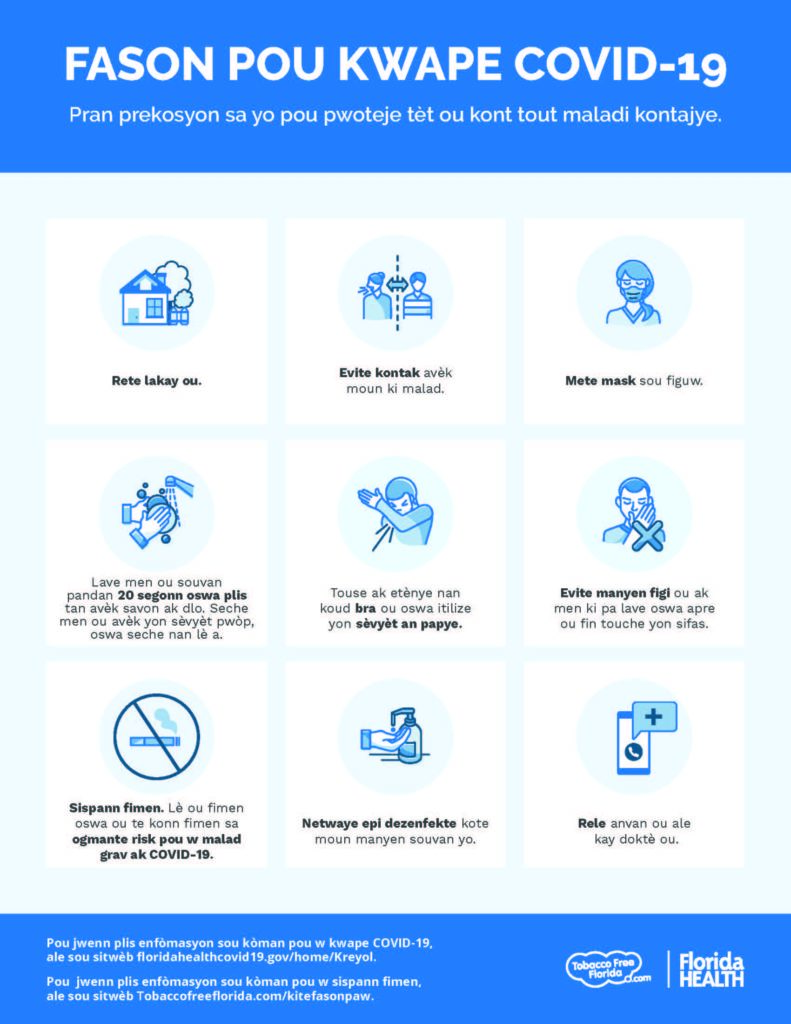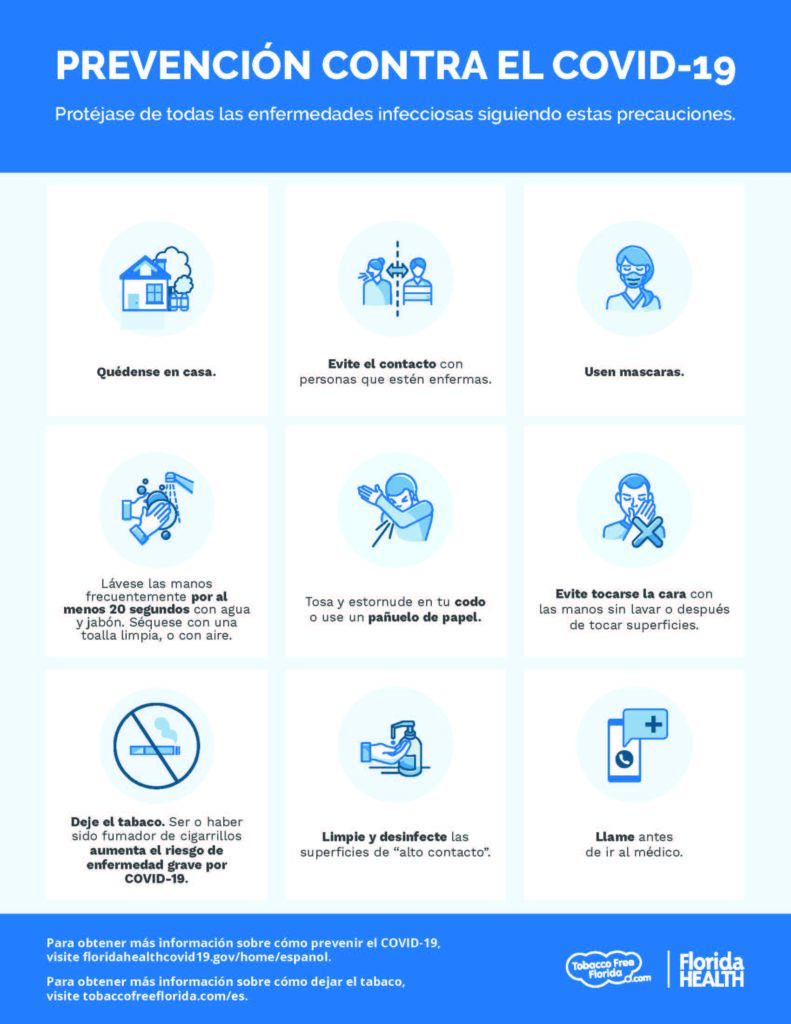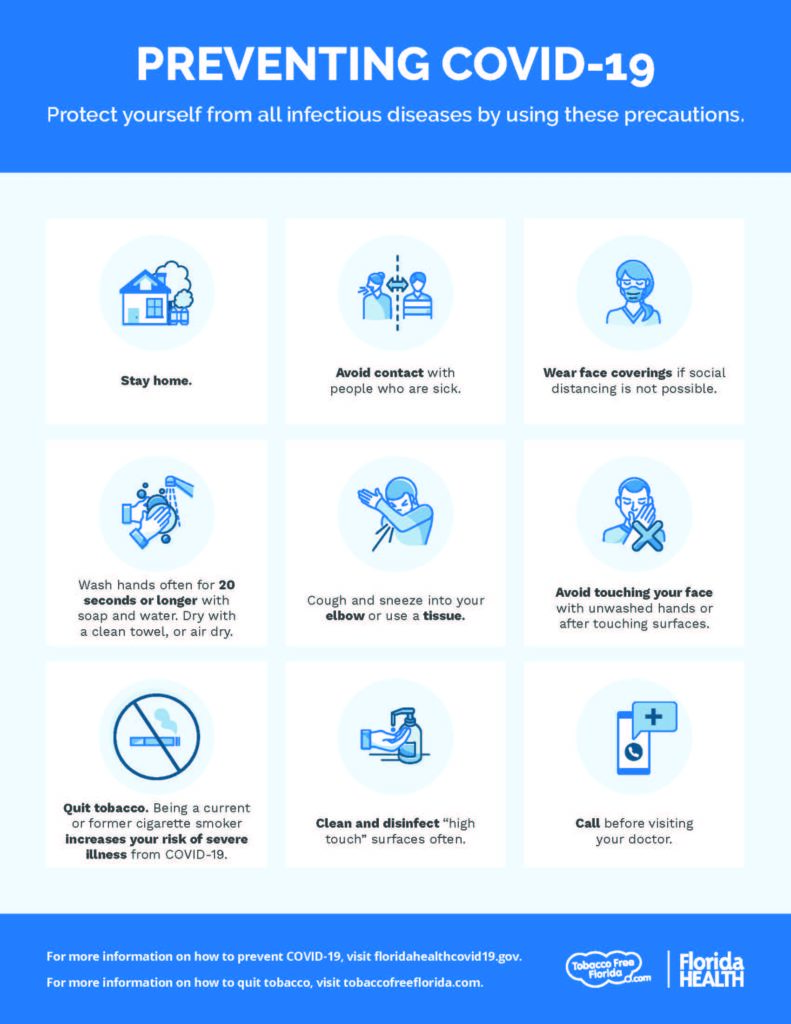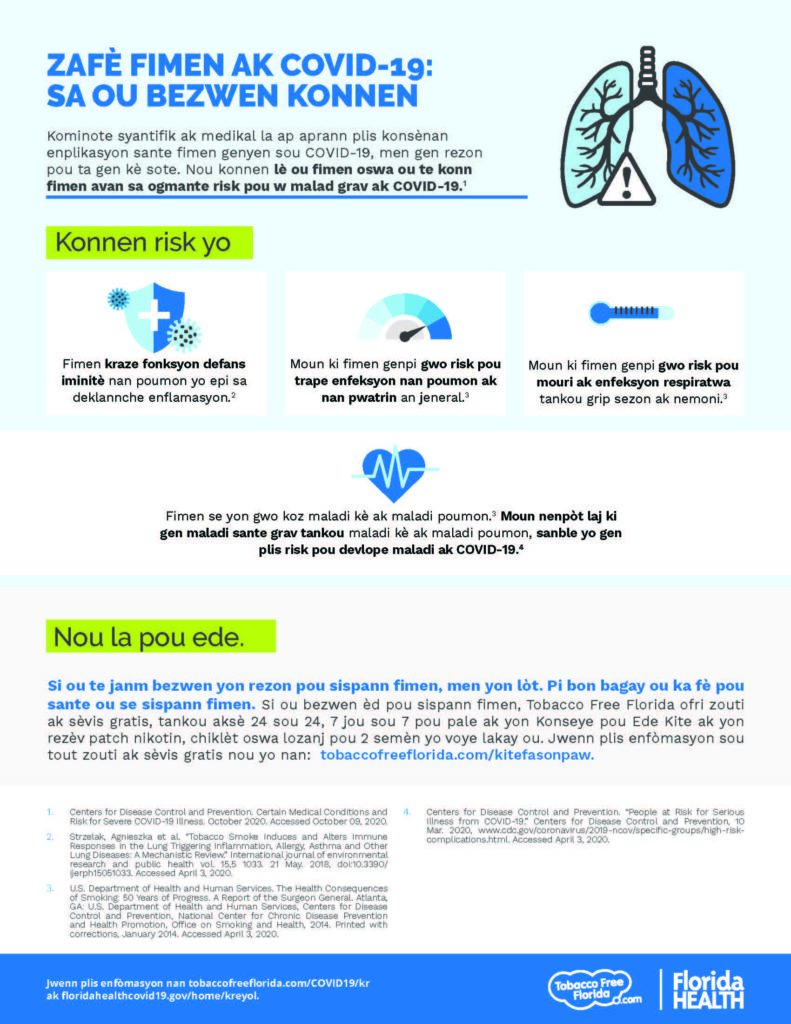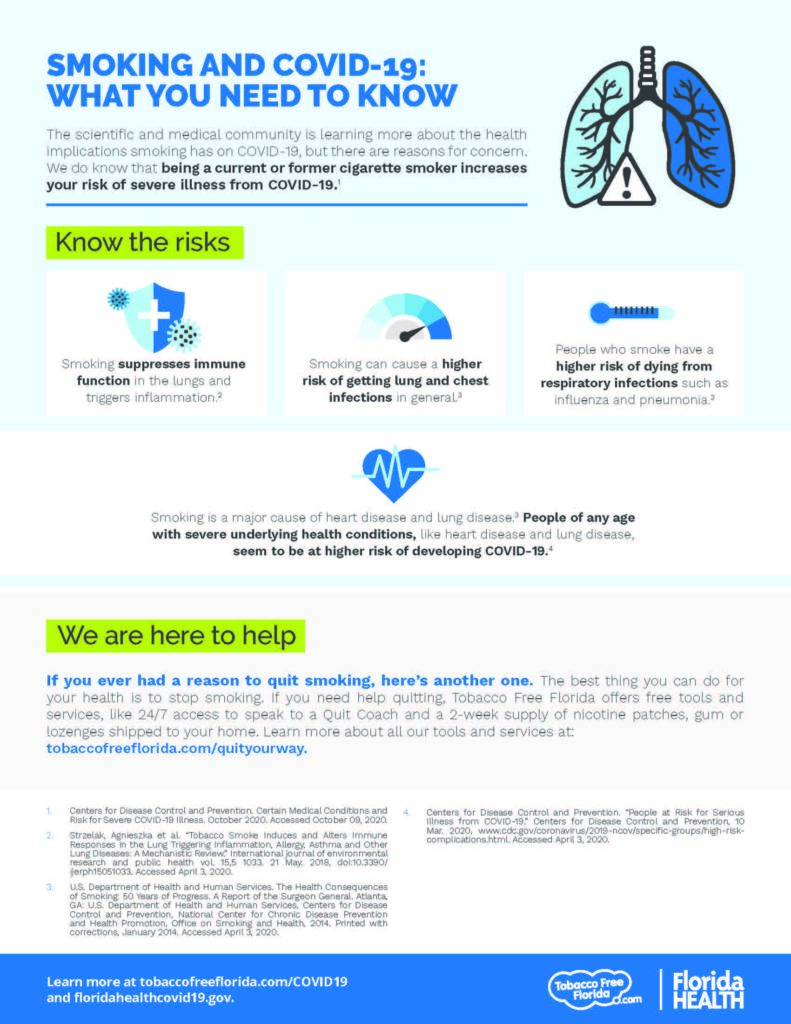Cigarrillos mentolados
El mentol proviene de la planta de menta y se añade a muchos productos, como helados y caramelos. Pero ninguno de estos se enciende ni se fuma. 1 El mentol reduce la aspereza del humo del tabaco, suprime la tos y es atractivo para los fumadores jóvenes o poco experimentados. 2, 3, 4 Las leyes actuales prohíben los cigarrillos saborizados, excepto los de mentol.
Aunque la mayoría de los cigarrillos contiene algo de mentol, ciertas marcas usan una mayor cantidad de mentol como sabor 5 característico y se anuncian como mentolados. El mentol hace que sea más fácil empezar a fumar y más difícil dejar el hábito. 6 Este sabor hace que los pulmones se expandan más y permite que una mayor cantidad de sustancias químicas tóxicas y cancerígenas, presentes en el humo del cigarrillo, se absorban en el cuerpo, lo que puede conducir a la adicción, la enfermedad y la muerte. 7, 8 Los estudios también muestran que los cigarrillos mentolados pueden ser más adictivos que los que no lo son. 9
Por muchos años, las minorías han sido un objetivo de las tabacaleras, presentándoles mucha publicidad de cigarrillos mentolados con imágenes y mensajes relevantes a sus culturas. 10, 11, Y les funciona. No debe sorprendernos que los cigarrillos mentolados tengan un mayor índice de consumo entre determinados segmentos de la población, como las minorías LGBTQ+, raciales y étnicas y las personas con enfermedades mentales. 12, 13, 14, 15, De hecho, los fumadores afroamericanos son casi 11 veces más propensos a fumar cigarrillos mentolados que los fumadores blancos. 16
1 Smokefree.gov. “Know More About Menthol Cigarettes.” Bethesda (MD): U.S. Department of Health and Human Services, National Institutes of Health, National Cancer Institute. https://smokefree.gov/quit-smoking/ecigs-menthol-dip/menthol [cited 2019 Jul 11].
2 Tobacco Products Scientific Advisory Committee. Menthol Cigarettes and Public Health: Review of the Scientific Evidence and Recommendations. Rockville, MD: Center for Tobacco Products, Food and Drug Administration;2011.
3 Klausner K. Menthol cigarettes and smoking initiation: a tobacco industry perspective. Tobacco control. 2011;20 Suppl 2:ii12-19.
4 19 U.S. Department of Health and Human Services. Preventing tobacco use among youth and young adults: a report of the Surgeon General. Atlanta, GA: US Department of Health and Human Services, Centers for Disease Control and Prevention, National Center for Chronic Disease Prevention and Health Promotion, Office on Smoking and Health. 2012.
5 Ai J, Taylor KM, Lisko JG, Tran H, Watson CH, Holman MR. Menthol Content in US Marketed Cigarettes. Nicotine & tobacco research: official journal of the Society for Research on Nicotine and Tobacco. 2015.
6 U.S. Food and Drug Administration (FDA), Preliminary Scientific Evaluation of the Possible Public Health Effects of Menthol Versus Nonmenthol Cigarettes, July 2013 [cited 2019 Jul 11].
7 U.S. Department of Health and Human Services. Tobacco Use Among U.S. Racial/Ethnic Minority Groups—African Americans, American Indians and Alaska Natives, Asian Americans and Pacific Islanders, and Hispanics: A Report of the Surgeon General. Atlanta: U.S. Department of Health and Human Services, Centers for Disease Control and Prevention, Office on Smoking and Health, 1998 [cited 2019 Jul 11].
8 Ton HT, Smart AE, Aguilar BL, et al. Menthol enhances the desensitization of human alpha3beta4 nicotinic acetylcholine receptors. Mol Pharmacol 2015;88(2):256-64 [cited 2019 Jul 11].
9 Smokefree.gov. “Know More About Menthol Cigarettes.” Bethesda (MD): U.S. Department of Health and Human Services, National Institutes of Health, National Cancer Institute. https://smokefree.gov/quit-smoking/ecigs-menthol-dip/menthol [cited 2019 Jul 11].
10 National Cancer Institute. The Role of the Media in Promoting and Reducing Tobacco Use [PDF–6.50 MB]. Smoking and Tobacco Control Monograph No. 19, NIH Pub. No. 07-6242, June 2008 [cited 2019 Jul 11].
11 Gardiner PS. The African Americanization of Menthol Cigarette Use in the United States. Nicotine and Tobacco Research 2004; 6:Suppl 1:S55-65 [cited 2019 Jul 11].
12 Giovino GA, Villanti AC, Mowery PD, et al. Differential trends in cigarette smoking in the USA: is menthol slowing progress? Tobacco control. 2015;24(1):28-37.
13 Caraballo RS, Asman K. Epidemiology of menthol cigarette use in the United States. Tobacco induced diseases. 2011;9 Suppl 1:S1.
14 Rock VJ, Davis SP, Thorne SL, Asman KJ, Caraballo RS. Menthol cigarette use among racial and ethnic groups in the United States, 2004-2008. Nicotine & tobacco research: official journal of the Society for Research on Nicotine and Tobacco. 2010;12 Suppl 2:S117-124.
15 3 Hickman NJ, 3rd, Delucchi KL, Prochaska JJ. Menthol use among smokers with psychological distress: findings from the 2008 and 2009 National Survey on Drug Use and Health. Tobacco control. 2014;23(1):7-13.
16 Lawrence D, Rose A, Fagan P, Moolchan ET, Gibson JT, Backinger CL. National patterns and correlates of mentholated cigarette use in the United States. Addiction. 2010;105:13-31 [cited 2019 Jul 11].



